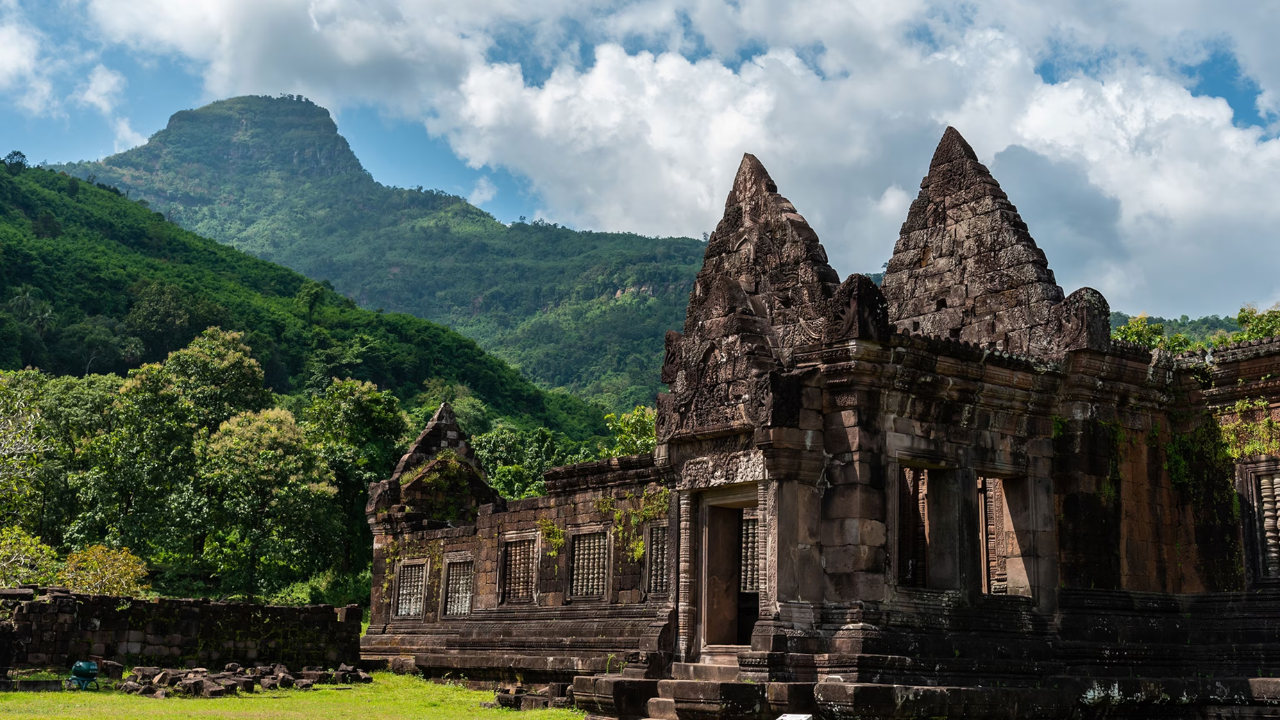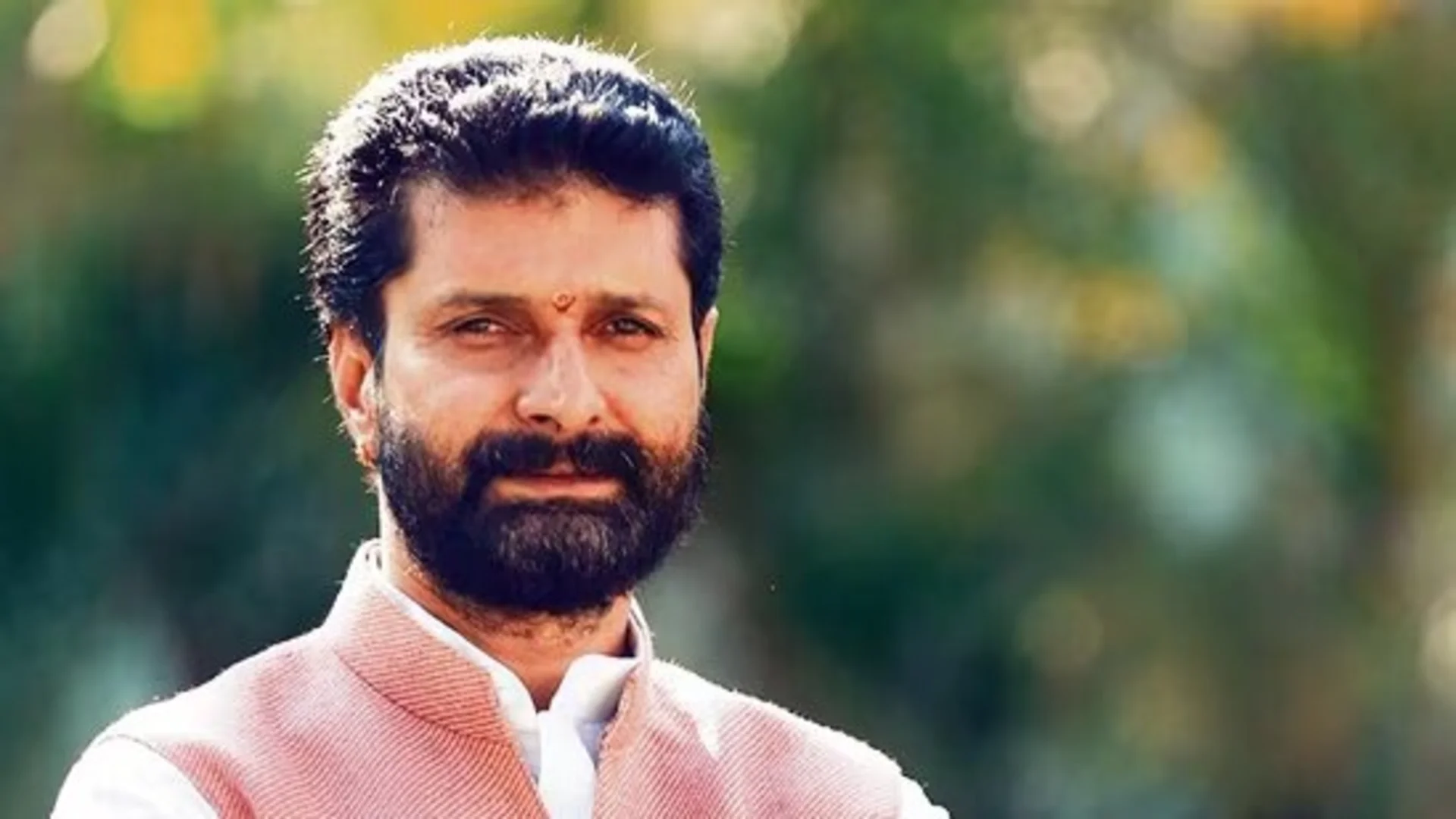India and Laos continue to deepen their bilateral ties through cultural engagements, with the restoration of the Vat Phou UNESCO World Heritage site standing as a testament to their shared heritage and long-standing relations. The Archaeological Survey of India (ASI) has been instrumental in this significant conservation project, furthering the cultural bond between the two nations.
India and Laos have enjoyed “longstanding, friendly, and mutually supportive relations,” and the collaborative efforts in restoring the Vat Phou Temple complex underscore this partnership. Located in Pakse, Laos, the temple is a well-preserved landscape over 1,000 years old, embodying the Hindu vision of the relationship between nature and humanity. UNESCO describes Vat Phou as a site of major historical importance, encompassing two planned cities along the Mekong River and the Phou Kao Mountain, representing the development from the 5th to 15th centuries, mainly associated with the Khmer Empire.
The ASI began its involvement in 2005, inspecting the site before signing a Memorandum of Understanding (MoU) with the Lao PDR government in 2007. Physical conservation work commenced in 2009. Ashok Kumar, the lead ASI conservationist at Vat Phou, noted that the first phase of conservation, from 2007 to 2017, has been completed, with the second phase underway from 2018 to 2028.
Kumar highlighted the cultural significance of Vat Phou, emphasizing its rich Hindu heritage. “It is a Hindu temple dedicated to Lord Shiva, featuring scriptures and rock-cut images of Brahma, Vishnu, and Mahesh,” he explained. The site also contains ancient images of Hanuman and other deities, reflecting the profound influence of Hindu mythology on the region.
The temple’s transformation from a Hindu to a Buddhist site in the 14th century illustrates the cultural and religious evolution in Laos. Amphol Sengphachanh, Deputy Director of the Ministry of Culture and Head of the Vat Phou World Heritage Site Division, praised the cultural ties between India and Laos, noting the temple’s historical significance and its transition to Buddhism.
Yogesh Raja, a Senior Conservationist with ASI, detailed the challenges faced during the restoration work, particularly during the rainy season. He emphasized the importance of maintaining the integrity of the structure, stating, “As a UNESCO World Heritage site, the quality of work is paramount to preserve the integrity of the structure.”
India’s involvement in the restoration of Vat Phou is a significant cultural and diplomatic effort, showcasing its commitment to preserving shared heritage and enhancing bilateral relations. The project symbolizes the age-old civilizational ties between the two countries, best exemplified by the relic of the Buddha encased in the That Luang Stupa and the Vat Phou Temple Complex.
Laos, surrounded by China, Vietnam, Cambodia, Thailand, and Myanmar, shares its cultural similarities with India. As India’s presence in Laos grows, the relations between the two nations in various spheres are expected to strengthen further.
India’s role in restoring Vat Phou highlights the importance of cultural diplomacy in fostering international relationships. This project not only preserves an ancient heritage site but also reinforces the deep-rooted connections between India and Laos, promising a future of continued collaboration and shared cultural appreciation.







